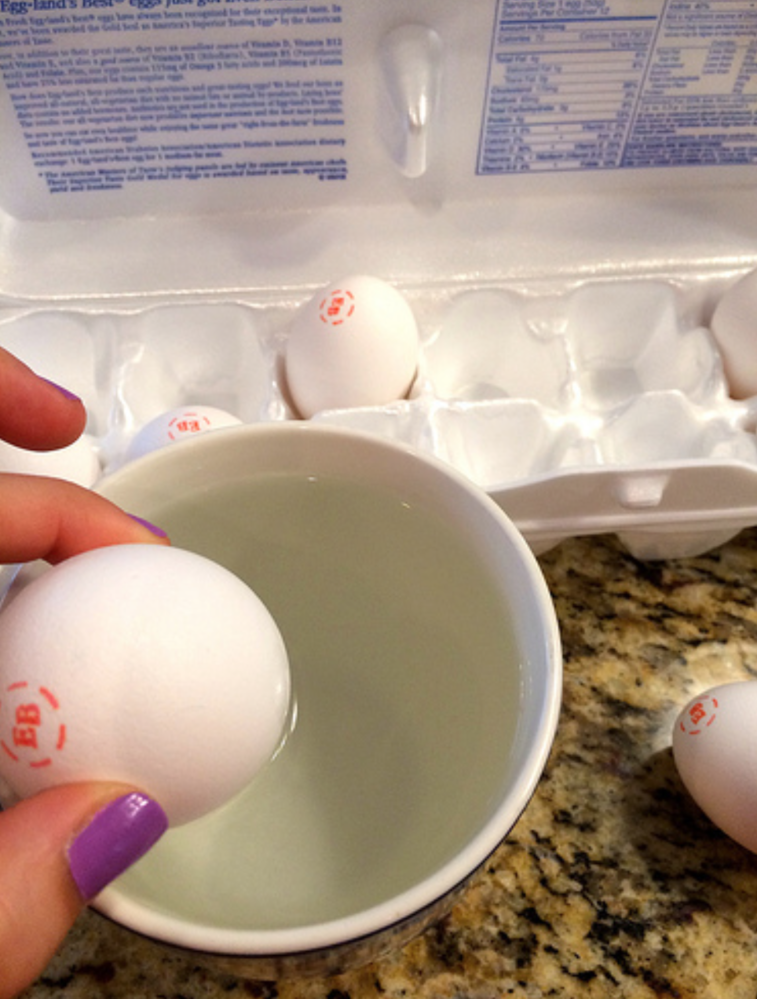Reading between the lines of “Best By,” “Best if Sold By,” and “For Full Flavor Use By” can be hard to decipher. Each of these phrases have different implications and origins. Most of them are quality warnings, not safety warnings.
In fact, these dates and phrases have very little regulation. The USDA only requires food to be “labeled in a manner that is truthful and not misleading.” Depending on the state you live in, the regulations on dating, if there are any, can vary too. Considering that over 30% of food waste occurs after we purchase it, it’s worth considering this key question: how late past an expiration date can you eat the food?
Before I jump into specifics for foods, you should know how companies come up with the dates. Taking into account what they know with certainty, like how the food is packaged and how it was treated in packing, they must also guess to some degree at what temperature it will be transported, how long it might be unrefrigerated, and what temperature the consumer fridge will be.
Looking at all of the factors together, both known and unknown, companies take their best guess at when the food could possibly first spoil. Here are some general rules for the most common foods.
Dairy: 1-2 weeks
Almost every state has different laws on milk dates. Milk produced and packaged in the exact same way could have an expiration date in one state that is two weeks later than another state. Because of the wide range of dating standards, it’s really up to you to judge the quality if your carton has passed the date.
If you keep your fridge closer to 34℉ (rather than the standard 40℉), you’re much more likely to get an extra week out of your milk. The longer you’ve kept the container sealed, the better. Other than those two tips, the good old smell test is your best bet.
Yogurt products may surprise you. Already tangy, it can sometimes be hard to call it with yogurts. Some foodies even like their yogurt expired (note the present tense here, they’re still alive, doing just fine). Maybe it’s the watery stuff on the top of yogurt that scares you; have no fear, it’s just the whey protein separating. The smell test is pretty reliable for yogurt, too.
With hard cheese, cut off any mold and just go for it. With soft cheese, be more skeptical and toss if you see any mold. The highly permeable texture of soft cheese allows mold to spread throughout more easily.
Eggs: 2 weeks, but do the test

Fill a glass with water and gently place an egg in. If it floats, you’ve got a rotten egg on your hands, and if not, you’re good to go. Eggs often pass this test even two weeks after their date.
Grains: 1 year
With unopened processed foods like cereal and chips, you can get away with eating them months after the expiration date. If you have stale cereal on your hands, there are plenty of creative ways to put it to use, from making bread crumbs to pie crust.
Greens: take it leaf by leaf
Be careful with salad greens. Whether it’s moisture from the produce misters or from the leaves themselves, water feeds bacteria growth. No matter whether it’s before or after the date, toss any slimy greens. If there are still intact ones in the bag or box, hang onto those.
Meat: don’t risk it unless you’re sure
Confession: your girl is a long-time vegetarian and can’t give much firsthand advice. Thankfully, the USDA has clear set of guidelines to help you tell if it’s time for the meat to go.
Changes in color are the biggest indicators that the meat is no longer safe to eat. A change in color with a “slimy or tacky” feel is a sure sign you waited too long.
Although no two foods will have the same true expiration, trust your instincts when it comes to evaluating foods past their date. If you’re still indecisive, then download the USDA’s app “FoodKeeper” for item-by-item advice on how long to hang onto what’s in your kitchen.
Know that the date printed on the outside varies more because of arbitrary state laws rather than uniform safety standards. And keep in mind that freezing can be a great option to “stop the clock.”
If the food can be frozen (meat, for example), pop it in the freezer prior to its reaching the expiration date. It’s a much better—and more economical—option than letting it sit in the fridge, only to throw it out at expiration. Just be sure to label it (freezing has its own set of guidelines for how long to keep!). Save money and help yourself and the planet—stop throwing out food just because of the date.



